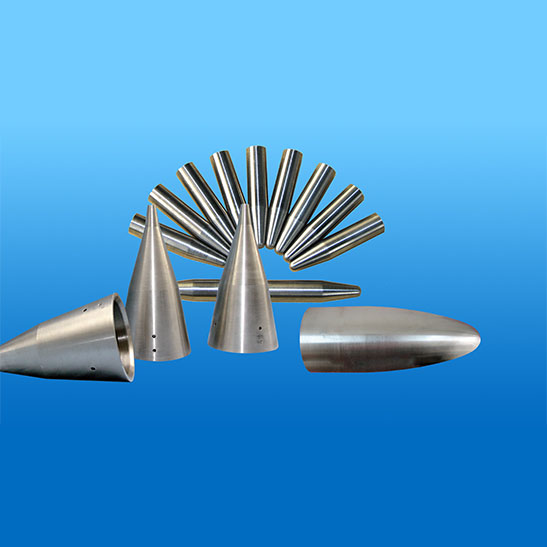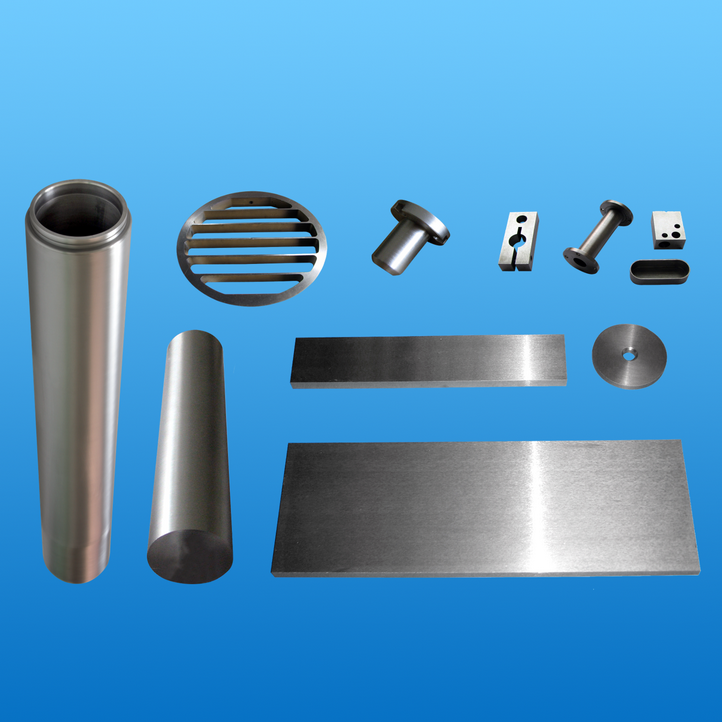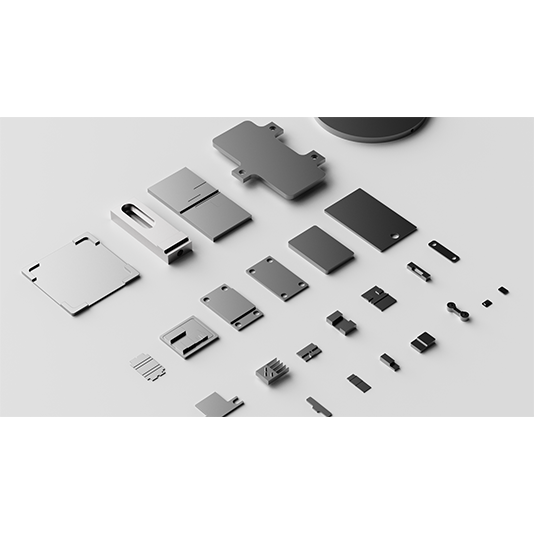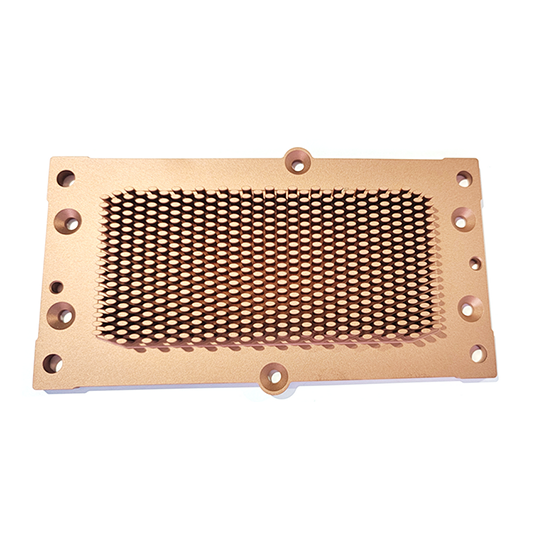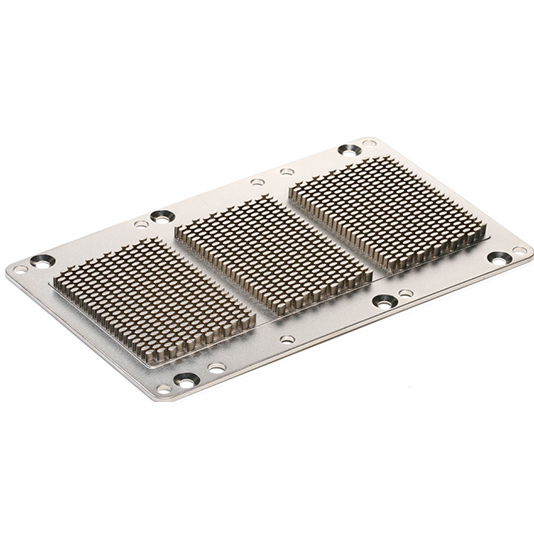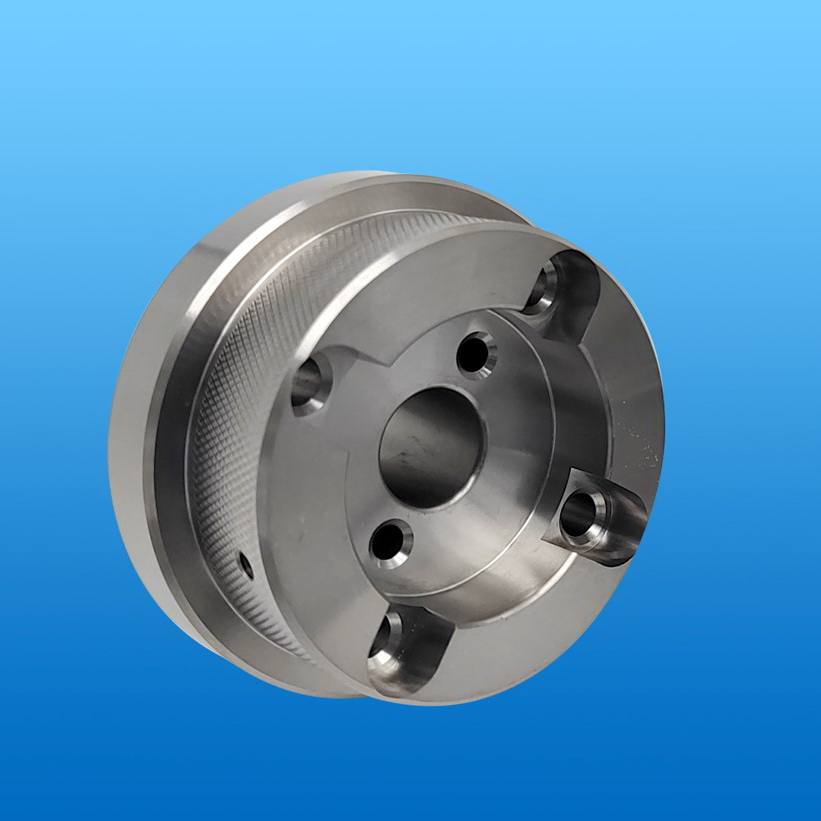Fabrication of tungsten-copper composites
Tungsten-copper (W-Cu) composites is a typical composite consisting of high strength tungsten (W) and low melting copper (Cu) phases, which are promising materials for manufacture of electric contact parts, heat sinks in high-power microelectronic devices, arcing-resistant electrodes, deviator plates for fusion reactors, anti-ultra-high temperature erosion nozzles, etc. Their use in these applications is based on a combination of properties (as shown in Table 1), including the high hardness, erosion and electric-erosion resistance, the low coefficients of thermal expansion and wear resistance of W, and the outstanding electrical and thermal conductivity of Cu. Furthermore, W-Cu composites exhibit better machinability compared with pure W. Powder Metallurgy (P/M), however, offers a reasonably good solution to W fabrication problems exploiting its near net-shaping capability. This also will not solve all the problems as modern technology demands components of intricate shape which can not be addressed through P/M route alone. It has been observed in practice that good machinability may be imparted to W when coupled with Cu. According to the equilibrium phase diagram, W and Cu have no mutual solubility through the whole range of compositions in W-Cu system due to the difference in their intrinsic properties. Firstly, Cu is FCC (Face-centered cubic) and W is BCC(Body-centered cubic); secondly, the atomic radius difference between W and Cu is >20%; and, finally, the electronegativities are also far apart (Cu = 1.9 and W = 2.36). Thus, the W-Cu composites have to be fabricated by a P/M technique. W-Cu composites are usually fabricated by infiltration of W skeletons with liquid Cu (or porous W skeleton immersion into the Cu liquid) or liquid-phase sintering of W-Cu powders compacts. Unfortunately, it has been found that homogeneous and fine microstructure, high thermal and electrical conductivity, and greater density are difficult to be obtained by this conventional technique; this method also requires a large amount of energy and high cost, especially for parts with complex shapes. Therefore, many novel technologies have been explored to enhance the properties of W-Cu composites, including, laser sintering, plasma spraying, mechanical alloying, spark plasma sintering, powder injection molding, mechanochemical synthesis, etc.



